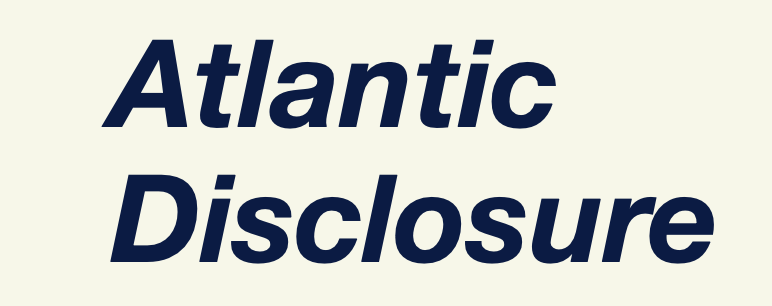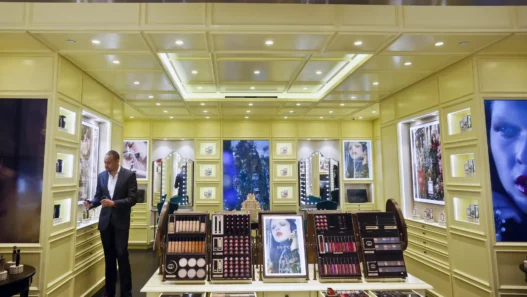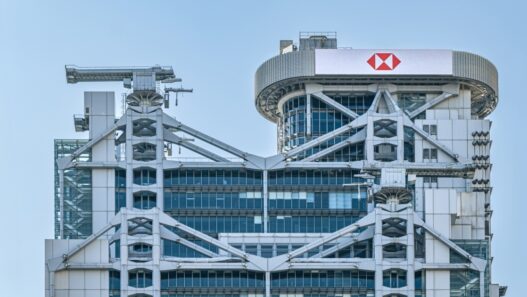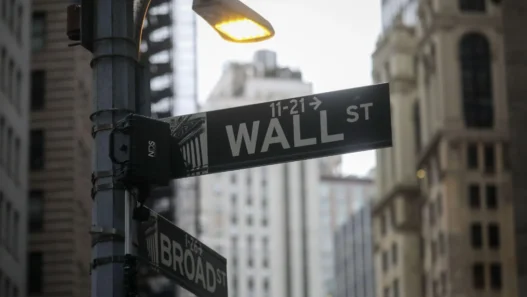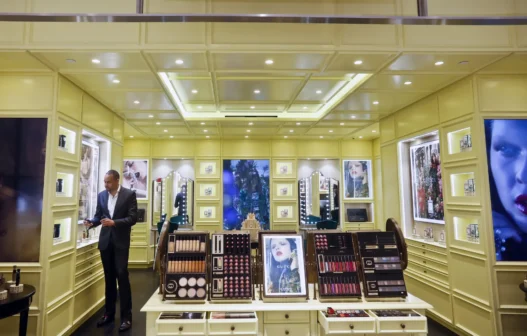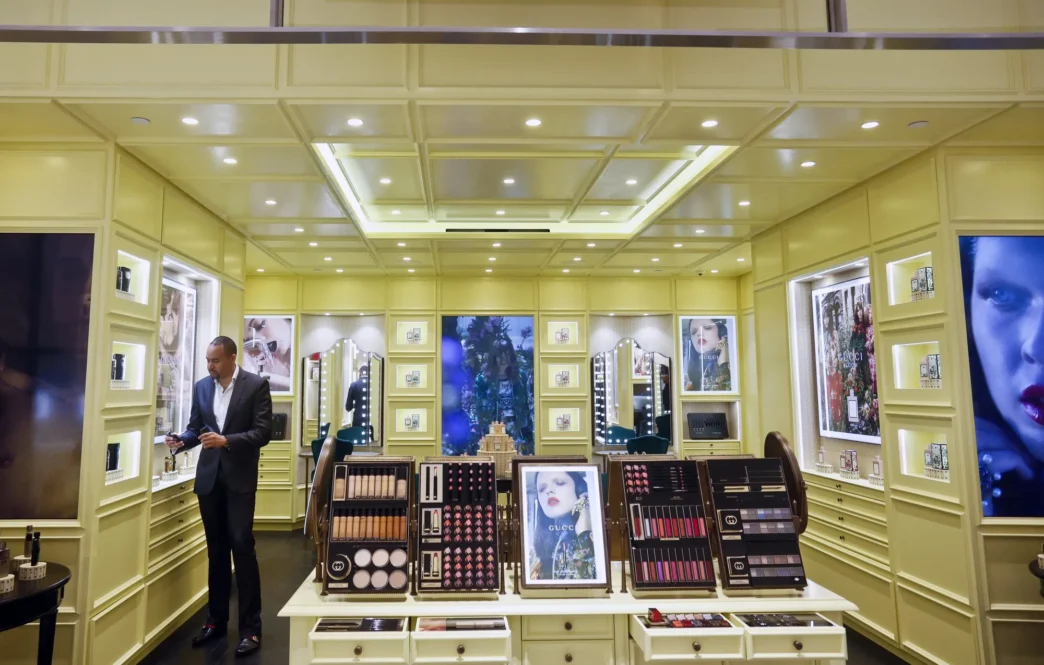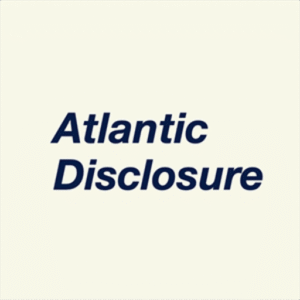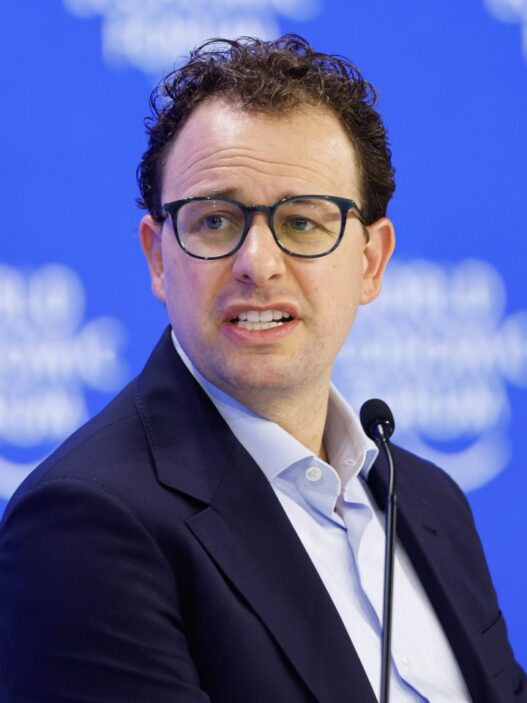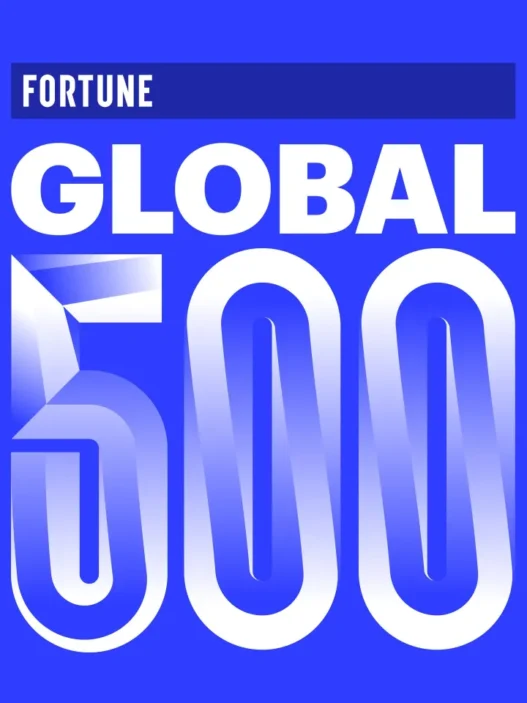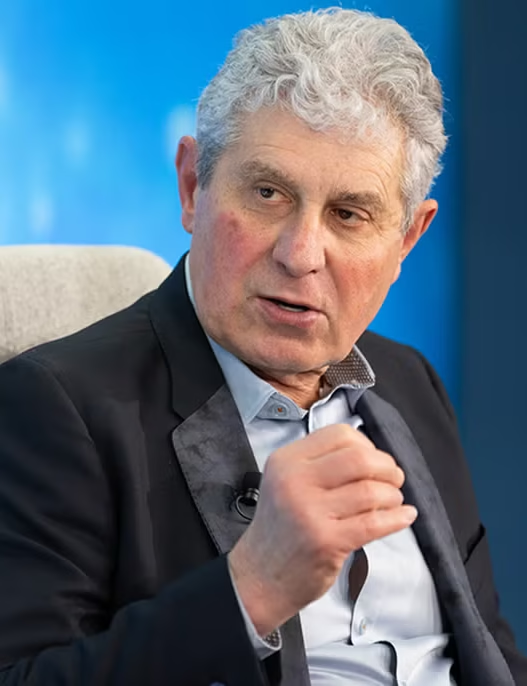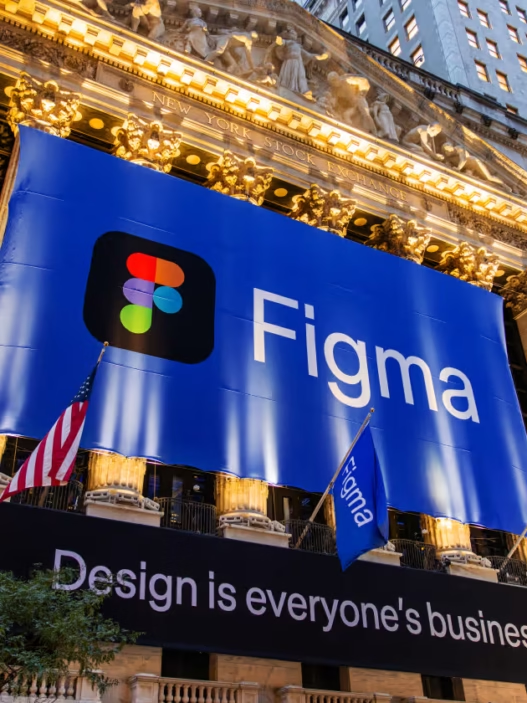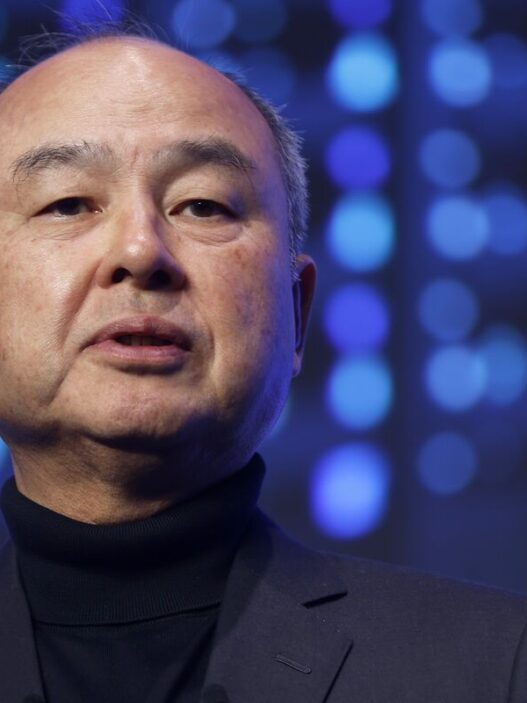French luxury conglomerate Kering is reportedly in advanced discussions to sell its beauty division to global cosmetics powerhouse L’Oréal in a transaction valued at approximately €4 billion ($4.3 billion). The deal, if finalized, would mark a significant reshaping of the European beauty sector and reinforce L’Oréal’s dominance in high-end skincare, fragrances, and cosmetic products.
The talks, reported by multiple financial sources, come amid strategic restructuring at Kering, which has been increasingly focusing on its core luxury fashion brands, including Gucci, Saint Laurent, Bottega Veneta, and Balenciaga. Selling its beauty unit would allow Kering to redeploy capital toward growth initiatives in fashion and accessories, while giving L’Oréal a chance to expand its portfolio in premium fragrance and skincare segments.
Why Kering Is Selling Its Beauty Unit
Kering’s beauty division has historically included licensed fragrances and skincare products, leveraging its fashion brands to create lifestyle offerings. While profitable, the division represents a relatively small portion of Kering’s overall revenue, which is heavily concentrated in luxury apparel and leather goods.
Key reasons for the sale include:
- Strategic focus on core luxury brands: Concentrating resources on fashion and leather goods allows Kering to pursue higher-margin growth and global expansion.
- Maximizing shareholder value: Selling the beauty unit could unlock significant cash for reinvestment, mergers, or debt reduction.
- Market consolidation: L’Oréal is actively acquiring premium brands to strengthen its position against competitors such as Estée Lauder and Shiseido.
A Kering spokesperson confirmed the company is evaluating strategic options for the beauty division but declined to comment on ongoing negotiations.
L’Oréal’s Strategic Rationale
L’Oréal, the world’s largest cosmetics company, has been expanding aggressively into premium and luxury segments, particularly through acquisitions. Integrating Kering’s beauty assets could help L’Oréal:
- Broaden its high-end fragrance portfolio, complementing brands like Lancôme, Yves Saint Laurent Beauty, and Giorgio Armani Beauty
- Strengthen market share in Europe and Asia, leveraging Kering’s brand recognition
- Enhance R&D capabilities in skincare and cosmetic innovation
- Achieve operational synergies by integrating production, distribution, and marketing infrastructure
Analysts suggest that acquiring Kering’s beauty division could accelerate L’Oréal’s growth in the luxury and premium segment, which has outpaced the mass-market cosmetics sector in recent years.
Valuation and Deal Structure
Sources indicate that the deal is valued at around €4 billion, reflecting the beauty unit’s revenue, brand equity, and growth potential. The transaction may involve a combination of cash and equity, potentially structured over multiple tranches to accommodate regulatory approvals and integration planning.
Market analysts have noted:
- Kering’s beauty division reportedly generates annual revenue of €1.2–1.5 billion, with operating margins slightly lower than the company’s luxury fashion brands.
- L’Oréal may finance the acquisition through a mix of cash reserves, debt issuance, and internal liquidity, which it has managed efficiently in prior acquisitions such as IT Cosmetics and Urban Decay.
Implications for the European Beauty Market
A deal of this scale would have significant implications for European and global beauty markets:
- Consolidation in luxury cosmetics: L’Oréal would strengthen its competitive edge against rival conglomerates like Estée Lauder, Procter & Gamble, and Shiseido.
- Increased pricing power: Combining L’Oréal’s distribution network with Kering’s premium brand recognition could allow for better product placement and pricing strategies.
- Acceleration of innovation: L’Oréal may integrate Kering’s R&D pipelines, particularly in fragrance chemistry, anti-aging skincare, and cosmetic technology.
Experts say this acquisition, if successful, would mark one of the largest transactions in the European beauty sector in the past decade, reshaping competitive dynamics.
Challenges Ahead
Despite the strategic rationale, the deal faces potential challenges:
- Regulatory scrutiny: European antitrust authorities may examine the transaction to ensure it does not reduce competition in fragrances and skincare.
- Integration risks: Merging operational and cultural frameworks of two large companies may pose management and logistical challenges.
- Brand identity preservation: Maintaining Kering’s luxury image while integrating into L’Oréal’s broader portfolio requires careful positioning to avoid dilution of brand equity.
Analysts note that L’Oréal has a strong track record in acquiring and successfully integrating premium brands, which may mitigate some risks.
Market and Investor Reaction
Shares of both Kering and L’Oréal reacted positively to early reports of the transaction, reflecting investor confidence in portfolio optimization and strategic expansion. Financial analysts highlight that the deal could unlock value for Kering shareholders while reinforcing L’Oréal’s long-term growth trajectory in luxury and prestige segments.
“This move signals L’Oréal’s continued ambition to dominate the high-end beauty space,” said a European cosmetics analyst. “For Kering, it’s a rational step to concentrate on fashion and maximize shareholder value.”
Broader Strategic Trends
The potential Kering-L’Oréal deal is part of a larger trend in luxury and premium beauty consolidation, driven by:
- Growth of global luxury consumer demand
- Expansion in emerging markets like China and India
- Increased focus on digital marketing, e-commerce, and influencer-driven sales
- Strategic divestment by conglomerates focusing on core competencies
Industry observers suggest that additional M&A activity in the European beauty sector is likely in the coming months, as companies reposition portfolios and compete for market leadership.
Conclusion
The sale of Kering’s beauty division to L’Oréal, potentially valued at €4 billion, represents a major realignment in the luxury cosmetics industry. For Kering, the divestment allows a sharper focus on high-margin fashion brands, while L’Oréal gains a robust platform to expand its footprint in premium beauty.
If completed, the transaction would reshape competitive dynamics in Europe and globally, reinforcing the trend of consolidation and specialization in luxury and premium consumer markets.
